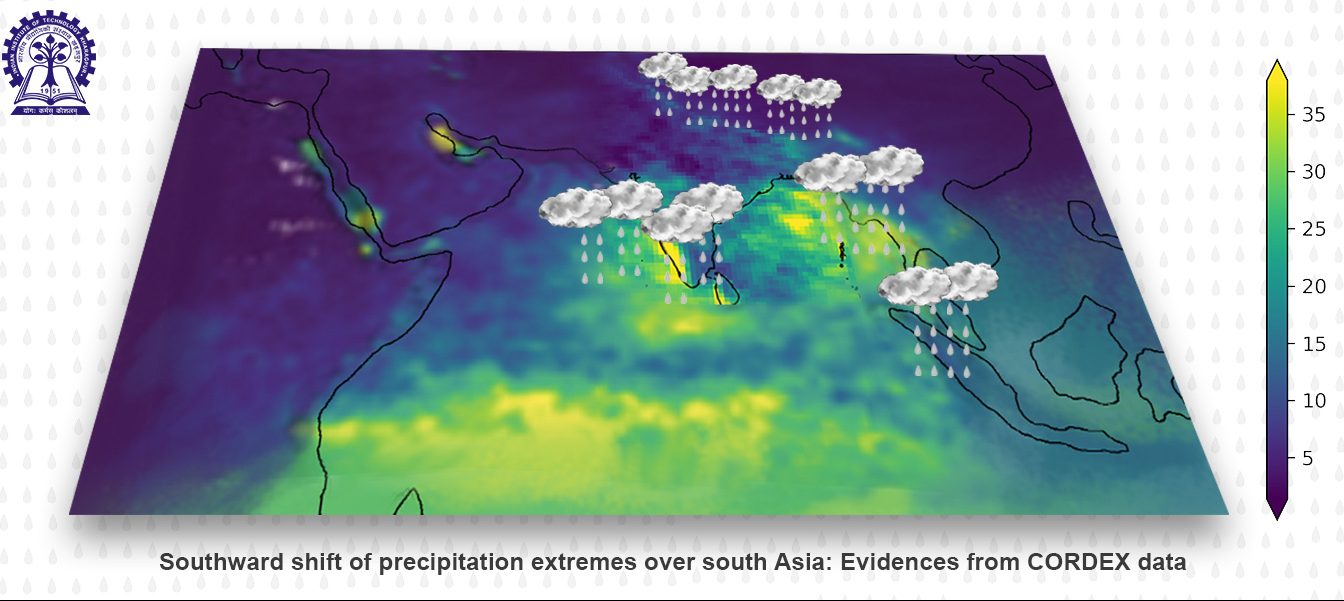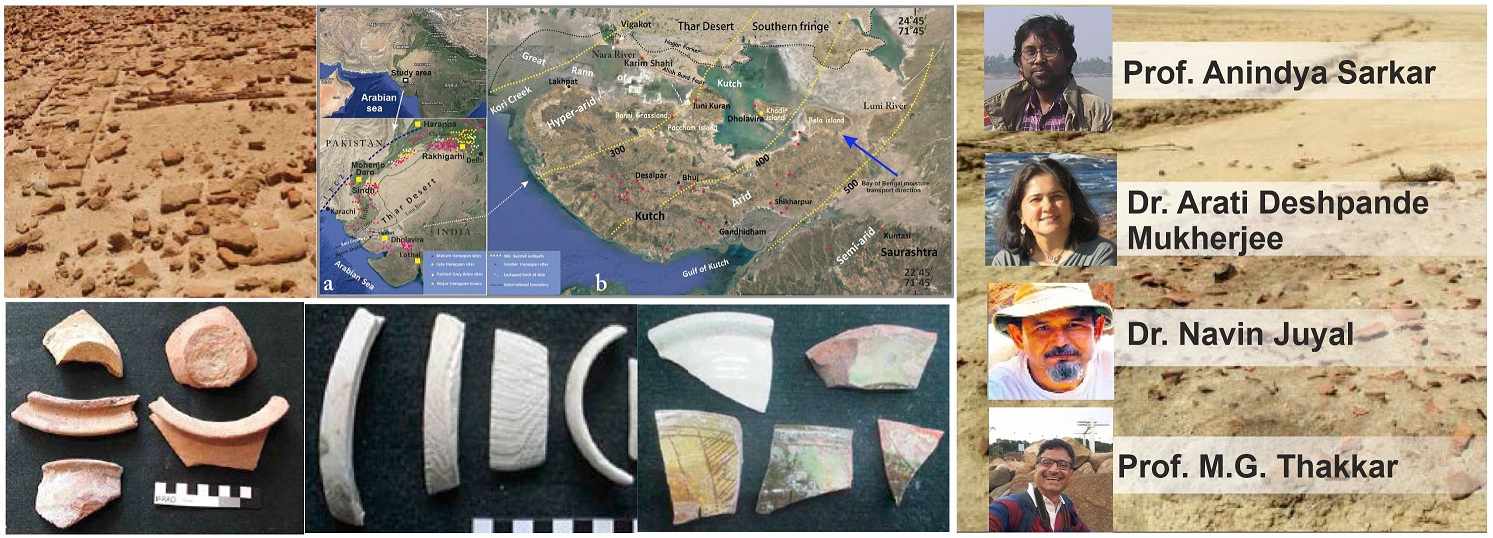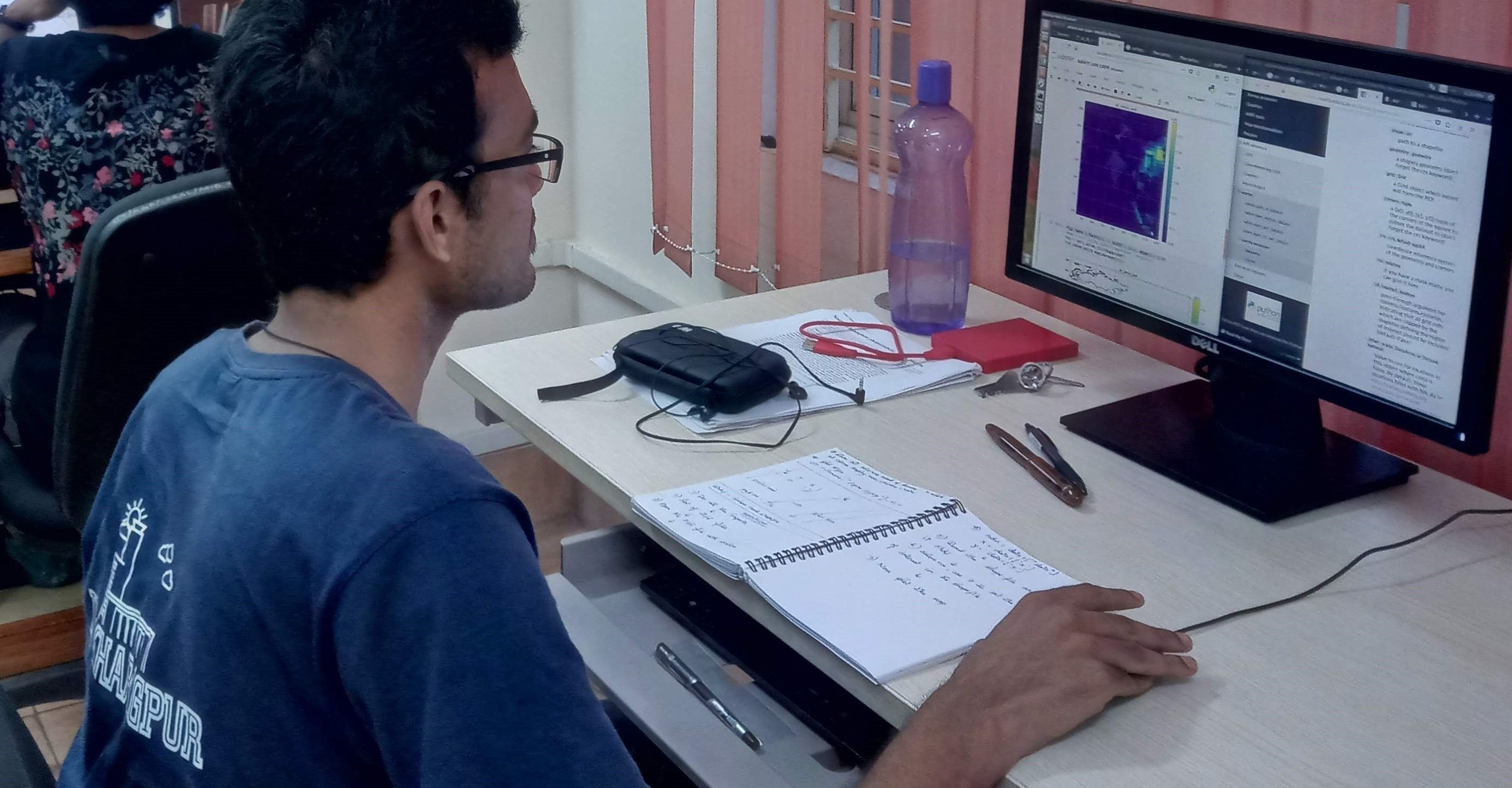
Study Reveals Southward Shift of Precipitation Extremes over South Asia
Has your monsoon experience across India changed over the years? The reason could be blamed on shifts in the spatio-temporal pattern of monsoon. In a recent study published in Scientific Reports by Nature Publishing Group, IIT Kharagpur researchers reveal that the pattern of monsoon and daily extreme rainfall is changing in India with more extremes expected over southern India and Himalayan foothills. They further predicted a continued southward shift of precipitation extremes over South Asia. The researchers have studied data of Indian Summer Monsoon precipitation for close to five decades, 1971 - 2017 (base period: 1930-1970). The data shows more…


